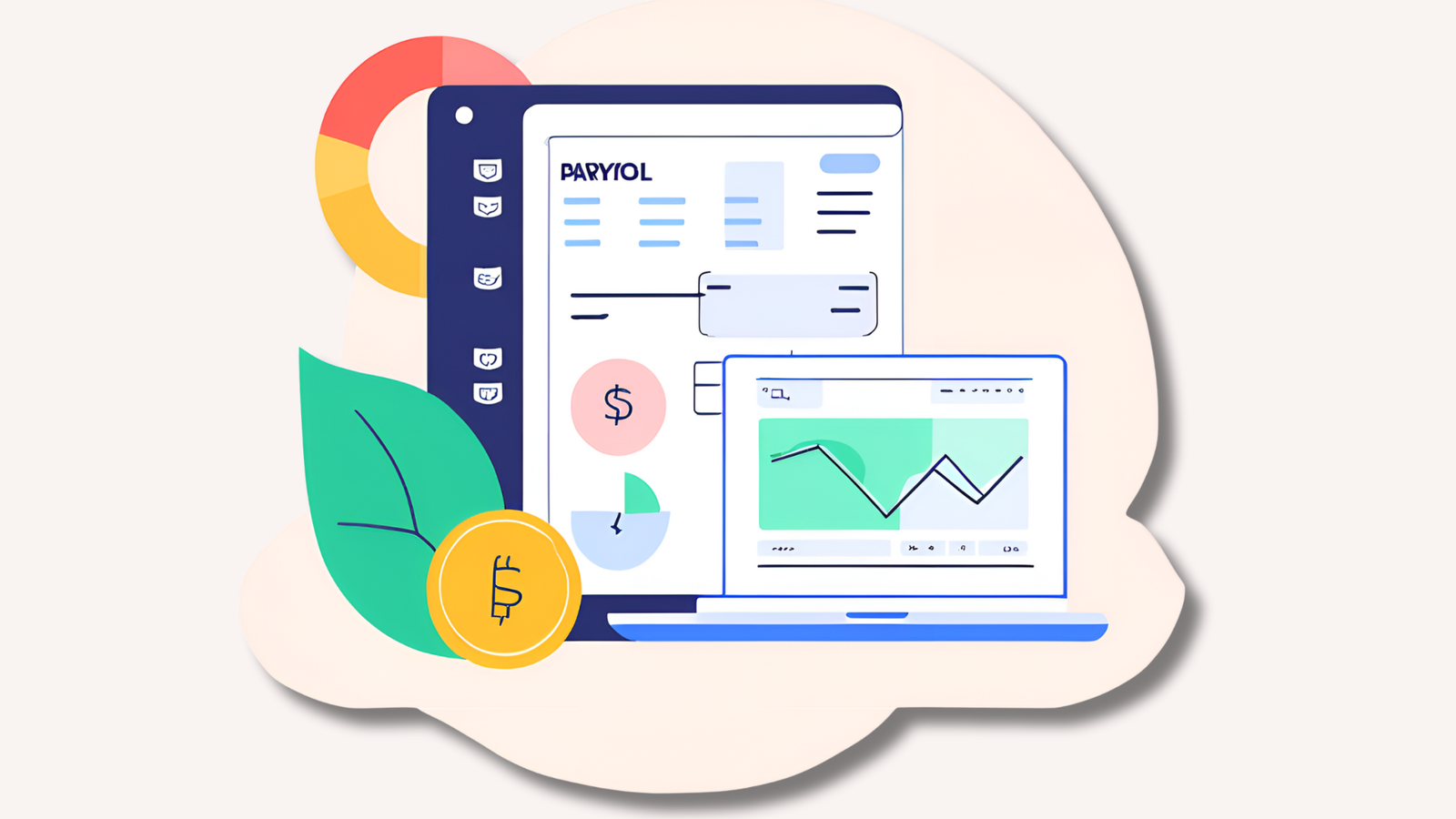In 2025, businesses are facing a rapidly evolving landscape where efficiency, compliance, and automation are more critical than ever. Traditional payroll systems, often reliant on manual data entry and separate software applications, create inefficiencies, increase compliance risks, and lead to payroll errors.
Enter payroll integration software—a transformative solution that seamlessly connects payroll with HR, accounting, and tax compliance systems. By automating payroll processes, businesses can save time, reduce errors, ensure regulatory compliance, and enhance employee satisfaction. Whether you run a startup or a multinational enterprise, payroll integration software is a must-have in 2025.
Understanding Payroll Integration Software
What is Payroll Integration Software?
Payroll integration software is a digital solution that connects payroll processing with other essential business applications such as HR management systems (HRMS), accounting platforms, tax compliance software, and banking systems. By ensuring real-time synchronization of payroll data, this software eliminates manual data entry and reduces payroll-related discrepancies.
Why is Seamless Integration Essential?
- Minimizes Payroll Errors: Automation reduces miscalculations and inconsistencies.
- Reduces Administrative Burden: HR and finance teams can focus on strategic tasks instead of manual payroll processing.
- Ensures Compliance: Keeps businesses aligned with changing tax and labor laws.
- Improves Employee Experience: Employees receive accurate and timely salaries with fewer disputes.
Key Benefits of Payroll Integration Software
1. Enhanced Efficiency and Automation
- Automated Salary Processing: Payroll is calculated and disbursed without manual intervention.
- Real-Time Data Updates: Payroll data syncs with HR and accounting systems instantly.
- Eliminates Manual Data Entry: Reduces errors and saves valuable time.
2. Ensuring Compliance with Tax Regulations
- Automatic Tax Calculations: Adapts to changing tax regulations without manual updates.
- Reduces Compliance Risks: Keeps payroll records updated to meet labor law requirements.
- Audit-Ready Documentation: Generates reports that simplify tax audits and legal compliance checks.
3. Improved Employee Satisfaction and Transparency
- Self-Service Portals: Employees can access payslips, tax details, and payroll history anytime.
- Faster Payroll Processing: Employees receive their salaries on time without delays.
- Reduces Payroll Discrepancies: Automated calculations minimize payroll disputes and errors.
4. Cost Savings and Resource Optimization
- Eliminates Paper-Based Payroll: Reduces costs associated with traditional payroll systems.
- Lowers Operational Costs: Businesses save money on payroll administration.
- Frees HR & Finance Teams: Allows them to focus on high-value tasks instead of manual payroll calculations.
How Payroll Integration Software Works
Step-by-Step Payroll Integration Process
- Data Synchronization: The software connects payroll with HRMS, accounting, and banking systems.
- Automated Payroll Calculations: Salaries, tax deductions, benefits, and bonuses are calculated automatically.
- Compliance Checks: The system ensures payroll adheres to legal and regulatory standards.
- Salary Disbursement: Payments are processed securely, ensuring employees receive salaries on time.
- Reporting & Analytics: Generates real-time payroll insights for better financial planning.
By integrating payroll with other business systems, companies eliminate redundancies, enhance efficiency, and improve workforce management.
The Role of Payroll Integration Software in Business Growth
Scalability for Different Business Sizes
- Small Businesses: Reduces payroll processing time and ensures tax compliance.
- Mid-Sized Companies: Streamlines HR and payroll management as the workforce grows.
- Large Enterprises: Manages complex payroll structures across multiple locations effortlessly.
Improving Financial Planning with Accurate Payroll Data
- Data-Driven Decision Making: Payroll analytics enable better budgeting and forecasting.
- Prevents Payroll Fraud: Automated tracking reduces risks associated with manual payroll processing.
- Enhances Workforce Planning: Provides insights into employee costs, helping businesses allocate resources efficiently.
Facilitating Remote Workforce Management
- Global Payroll Support: Handles multiple currencies and tax jurisdictions seamlessly.
- Cloud-Based Access: HR teams can manage payroll remotely.
- AI-Driven Payroll Adjustments: Dynamically adjusts payroll based on performance metrics, overtime, and bonuses.
Key Features to Look for in Payroll Integration Software
Must-Have Features
- Cloud-Based Accessibility: Enables payroll management from any location.
- Automated Tax Compliance: Ensures adherence to tax laws.
- Multi-Currency Support: Ideal for businesses with global operations.
- Secure Data Encryption: Protects sensitive payroll information.
- Seamless HR & Accounting Integration: Ensures smooth data synchronization.
- AI-Driven Payroll Insights: Provides advanced analytics for payroll optimization.
Future Trends in Payroll Integration Software for 2025 & Beyond
AI-Driven Payroll Automation
- Predicts Salary Trends: AI-driven analytics optimize payroll adjustments.
- AI Chatbots for Payroll Queries: Employees can resolve payroll-related questions instantly.
Blockchain for Secure Payroll Processing
- Enhances Payroll Transparency: Increases security in payroll transactions.
- Prevents Payroll Fraud: Blockchain-based payroll minimizes risks associated with unauthorized transactions.
Predictive Analytics for Workforce Insights
- Optimizes Workforce Management: AI-powered analytics provide insights into payroll trends.
- Improves Employee Retention: Identifies payroll trends that impact job satisfaction and retention rates.
Conclusion
Payroll integration software is no longer a luxury—it is a necessity for businesses in 2025. By automating payroll, ensuring compliance, and enhancing employee satisfaction, organizations can significantly improve efficiency and cut costs. The right payroll integration solution not only streamlines operations but also provides valuable insights to drive business growth.
As businesses continue to navigate evolving tax regulations, workforce demands, and remote work challenges, integrating payroll software is the best step toward financial accuracy and operational success. If you haven’t already, it’s time to explore payroll integration solutions to future-proof your payroll processes.
Also Read
How Payroll Integration Simplifies Remote Workforce Management



